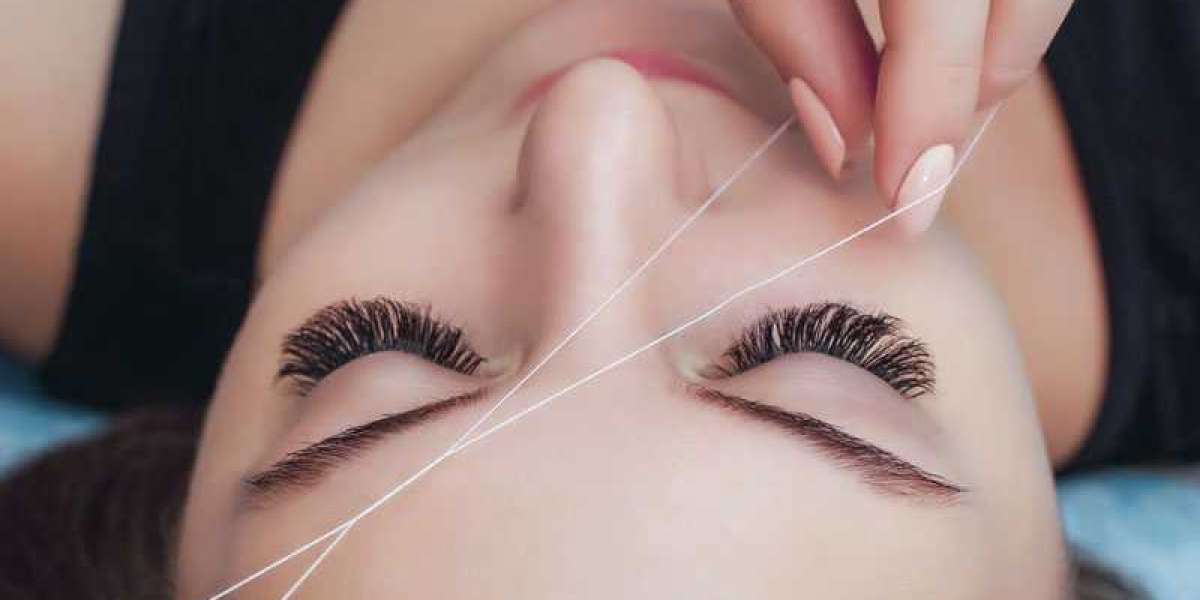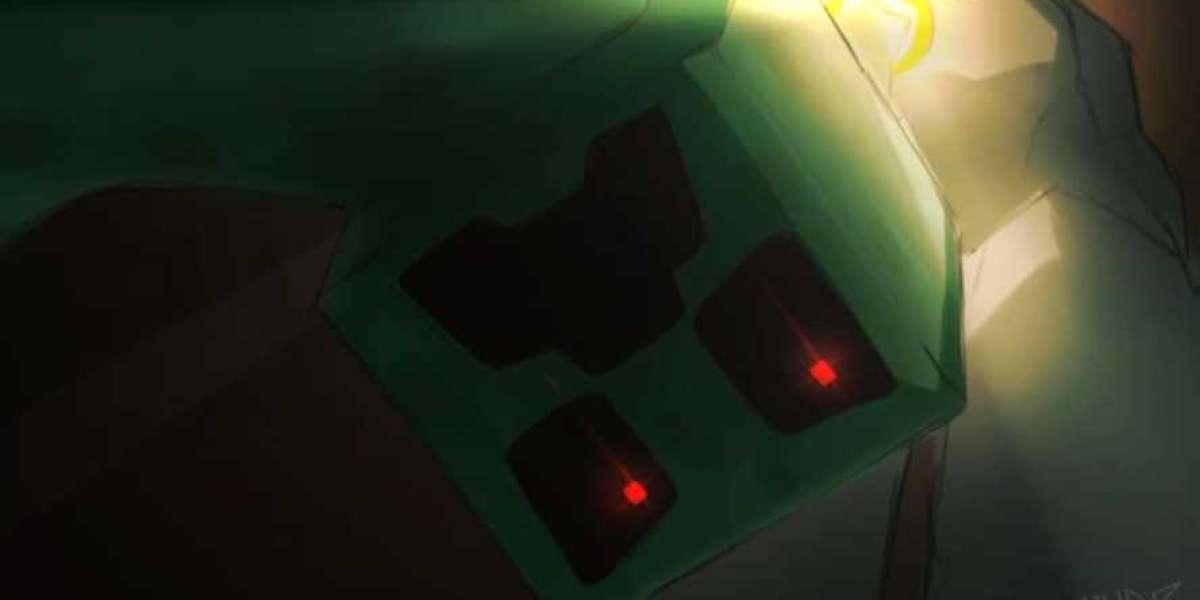Face threading is a popular hair removal technique that involves using a thin, twisted cotton thread to remove unwanted facial hair. This method is known for its precision, effectiveness, and minimal skin irritation compared to other hair removal techniques like waxing or shaving. In this guide, we'll explore the benefits, process, and aftercare associated with Face Threading to help you understand this method and decide if it’s right for you.
Benefits of Face Threading
- Precision:
- Targeted Hair Removal: Threading allows for precise removal of individual hairs or small groups of hairs, making it ideal for shaping eyebrows, removing fine facial hair, and defining the upper lip.
- Minimal Skin Irritation:
- Gentle on Skin: Threading is less abrasive compared to waxing and doesn’t involve chemicals. It is suitable for sensitive skin and reduces the risk of allergic reactions and irritation.
- Long-Lasting Results:
- Hair Growth Cycle: Threading removes hair from the root, leading to slower regrowth. Results typically last between 2 to 6 weeks, depending on individual hair growth cycles.
- Exfoliation:
- Skin Smoothness: The process of threading can gently exfoliate the skin, removing dead skin cells and leaving the skin feeling smooth and refreshed.
- Cost-Effective:
- Affordable: Threading is often more affordable than other hair removal methods like laser treatments or frequent salon visits for waxing.
- No Chemicals:
- Natural Method: Threading requires no chemical products or heat, making it a more natural and safer option for those with sensitive skin or allergies.
The Threading Process
- Preparation:
- Cleanse the Area: The skin should be clean and dry before threading. It’s a good idea to cleanse the face to remove any makeup, oils, or dirt.
- Optional Numbing: Some people apply a numbing cream or ice pack to the area before threading to minimize discomfort.
- Threading Technique:
- Twisting the Thread: A cotton thread is twisted and rolled over the skin to trap and pull out unwanted hairs from the root.
- Precision and Control: The technician uses precise movements to target and remove hair in the desired area, such as the eyebrows, upper lip, or chin.
- Post-Threading Care:
- Cooling the Skin: After threading, the area may be slightly red or sensitive. Applying a cooling gel or soothing cream can help alleviate any discomfort.
- Avoiding Irritants: It’s advisable to avoid using harsh skincare products, such as exfoliants or strong acids, for 24 to 48 hours after threading to prevent irritation.
Aftercare Tips
- Keep the Area Clean:
- Gentle Cleansing: Use a mild cleanser to keep the treated area clean and prevent infection. Avoid using hot water or harsh soaps.
- Avoid Sun Exposure:
- Sun Protection: Protect the treated area from direct sun exposure. Use sunscreen with a high SPF if you need to be outside to prevent pigmentation or irritation.
- Avoid Touching or Scratching:
- Prevent Irritation: Refrain from touching or scratching the treated area to avoid introducing bacteria and causing irritation.
- Hydrate and Moisturize:
- Skin Care: Keep the skin hydrated and moisturized with a gentle, non-comedogenic moisturizer to promote healing and comfort.
- Avoid Sweating:
- Exercise Caution: Avoid strenuous activities or excessive sweating for at least 24 hours after threading to minimize irritation.
Common Areas for Threading
- Eyebrows:
- Shaping and Defining: Threading is highly effective for shaping and defining eyebrows, allowing for precise control over the arch and overall shape.
- Upper Lip:
- Smooth and Clean: The upper lip is a common area for threading, offering a smooth and clean finish without the risk of dark spots or stubble.
- Chin and Jawline:
- Removing Peach Fuzz: Threading can be used to remove fine hair along the chin and jawline, providing a clear and polished look.
- Forehead and Sides of the Face:
- Fuller Coverage: Some people choose to thread additional areas of the face to achieve a more uniform appearance and remove unwanted fuzz.
Choosing a Threading Professional
- Reputation:
- Reviews and Referrals: Look for a threading salon or technician with good reviews and positive referrals. Personal recommendations can be a reliable way to find skilled professionals.
- Sanitation:
- Clean Environment: Ensure the salon maintains high standards of cleanliness and hygiene to prevent infection and ensure a safe experience.
- Experience:
- Skilled Technician: Choose a technician with experience and expertise in threading to ensure precise and comfortable hair removal.
Conclusion
Face threading is a precise and effective method for removing unwanted facial hair, offering benefits such as minimal irritation, long-lasting results, and affordability. By understanding the process, aftercare tips, and considerations for choosing a professional, you can make an informed decision about whether threading is the right hair removal technique for you. Whether you’re looking to shape your eyebrows, remove facial fuzz, or achieve a smooth finish, face threading provides a reliable and natural solution.







